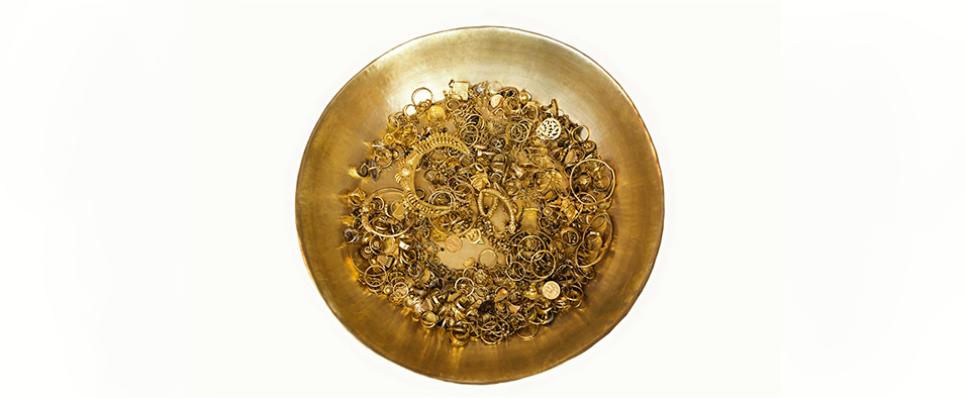Published: 12 Sep 2017
A few milestones in the history of gold

Mankind’s fascination with gold is as old as recorded history. While we are unaware of when man first discovered this lustrous metal, archaeologists have found gold flakes in Palaeolithic caves dating back as far as 40,000 BC. It is yet unclear how and whether our prehistoric ancestors were collecting gold or just happened to stay in caves that had gold within them.
The first confirmed evidence of human interaction with gold can be found in the land of the Nile - in ancient Egypt. Pharaohs and priests of the Egyptian empire used gold extensively in their tombs and temples, and for the first time in human history we can see a similar desire for the lustrous metal as we have in modern times. The Egyptians were also the first to create a currency exchange around gold and consolidated its value in society at the time. It is said that 1 piece of gold would fetch you 2.5 equal parts of silver at the time.
After the Egyptians, another major civilization also adopted gold extensively. They were the Greeks and they viewed gold as a social status symbol and as a form of glory amongst Gods and demigods. Just like Egypt, gold in Greece was used as a status symbol, a sign of wealth and served as currency. However, contrary to popular belief, the Olympic tradition of giving out gold medals to victors did not begin until the modern Olympics and has little to do with Greek tradition.
Over the years, gold continued to gain popularity as a sign of wealth, a currency to barter in many parts of the world, and as jewellery for both men and women. Come the 18th century, gold had established itself as an important part of the global economy. In 1792, the Congress in the United States of America passed a law that would forever change the modern history of gold. Congress passed the Mint and Coinage Act that established a flat price of gold in terms of the U.S. dollar. Gold and silver dollars became legal tender, as did the Spanish real (a silver coin of the Spanish empire). Almost a century later, a short time after the U.S. Civil war in 1873, silver was removed as the official currency, and paper money was declared to be legal tender, marking for the first time, a fiat currency to be used as an official currency in the United States.
Soon after the two world wars, global economy was in ruins. Most major states were left with the tough tasks of rebuilding entire cities that were destroyed by attacks and bombings. The United States, however, was not victim to this faith. They were largely undisturbed over the course of the world wars, and emerged as the strongest economy of the world. It is at this time that the United States formed the gold standard and made the US Dollar a global currency.
There is no doubt that gold has played an enormous part in shaping our world, however it is equally uncanny to fathom how a lifeless metal has affected almost every life on Earth for thousands of years – and will continue to do so.











